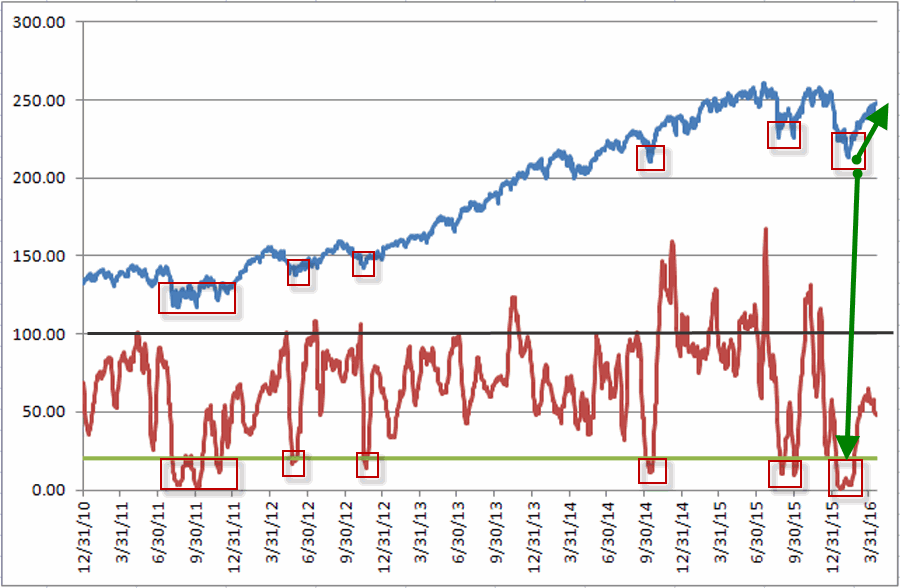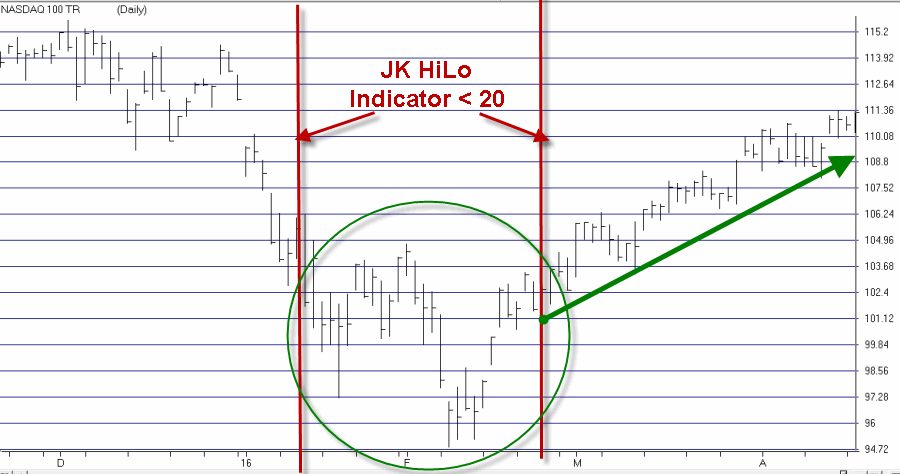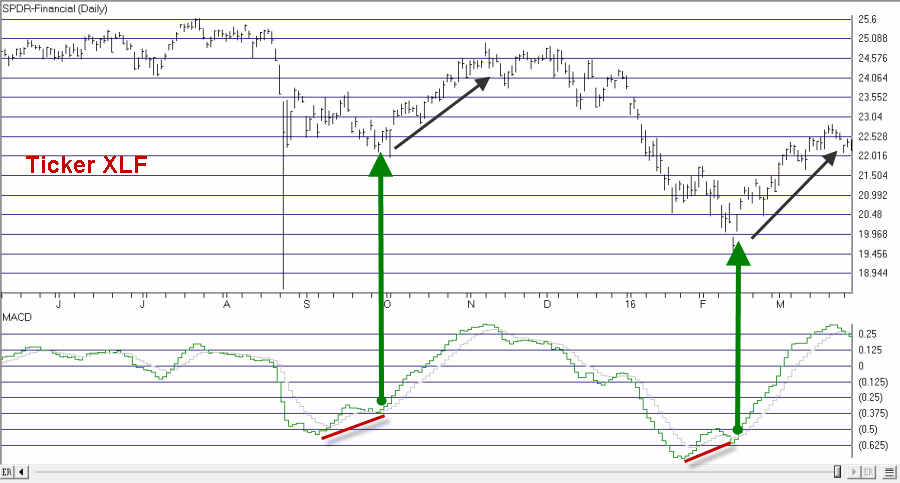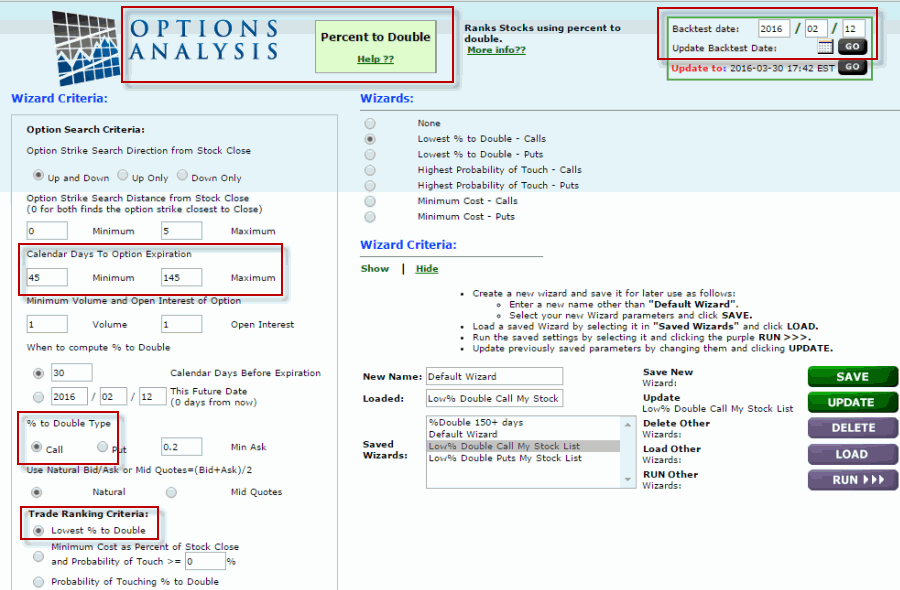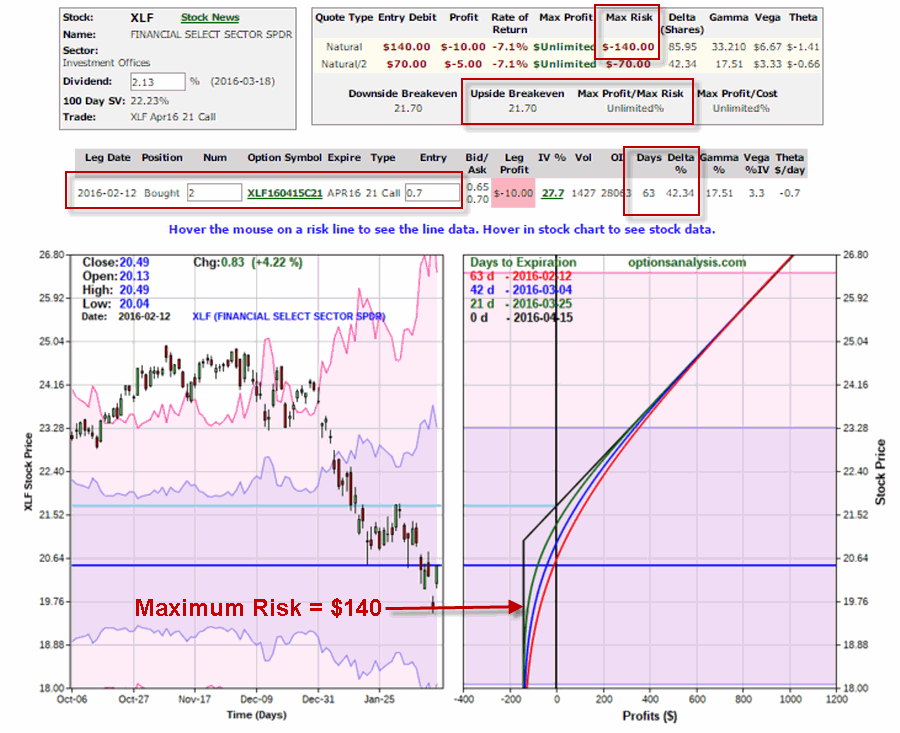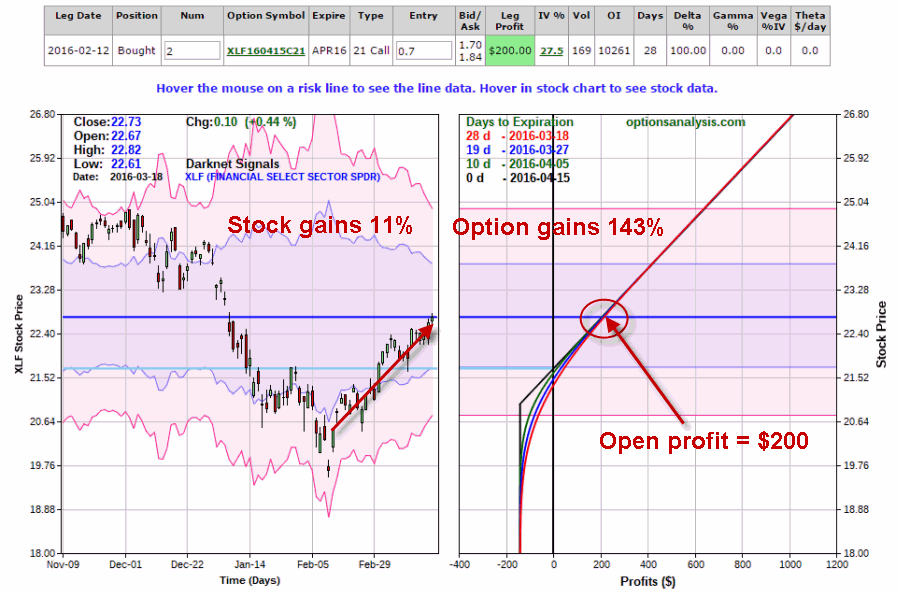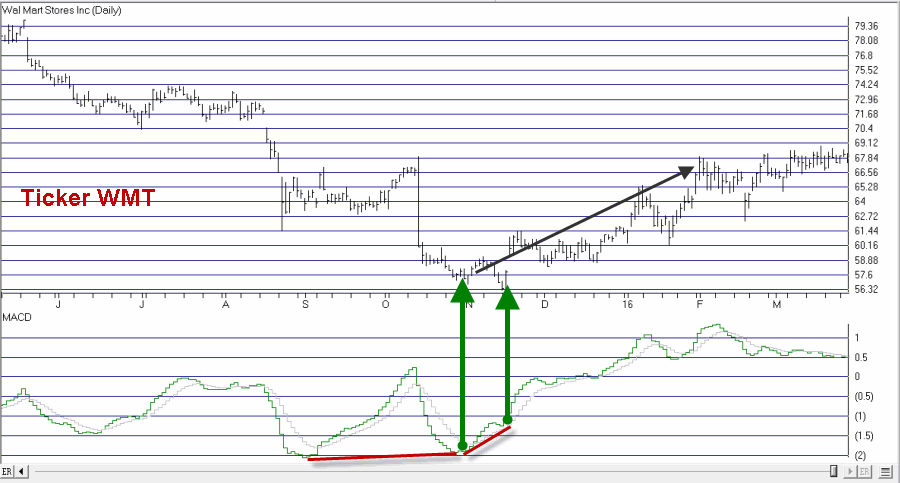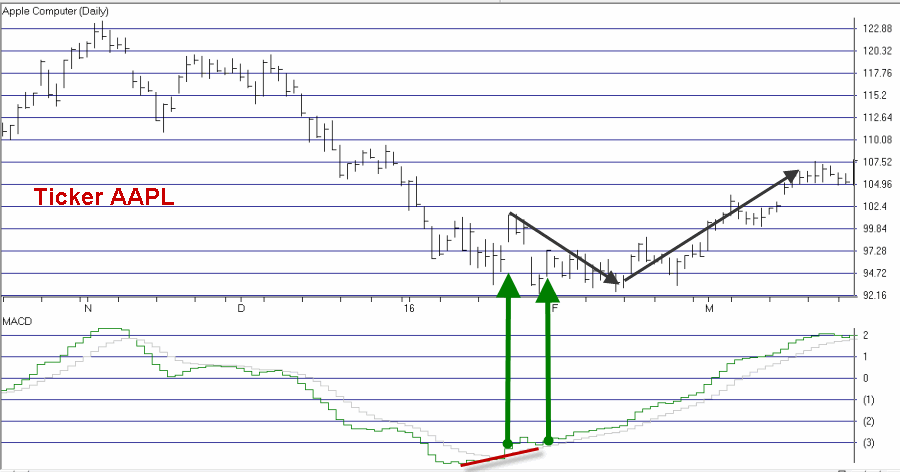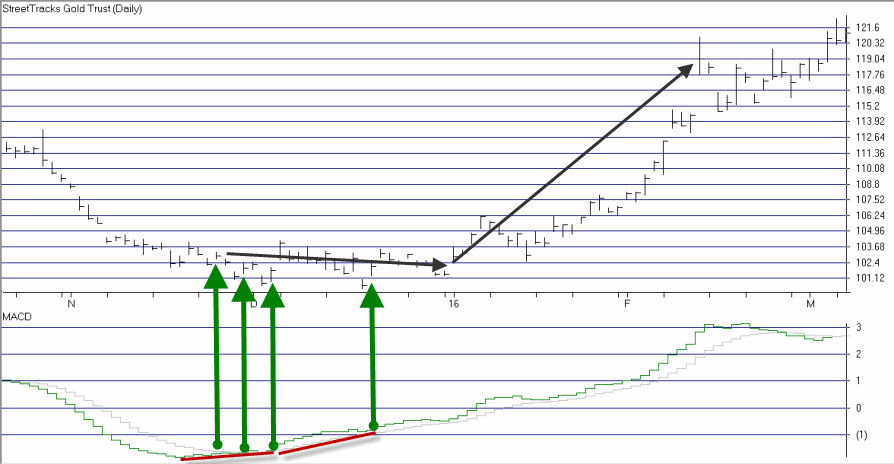The AIQ code based on Barbara Star’s article in May issue of Stocks and Commodities “Zero In On The MACD,” is provided at www.TradersEdgeSystems.com/traderstips.htm, and is also shown below.
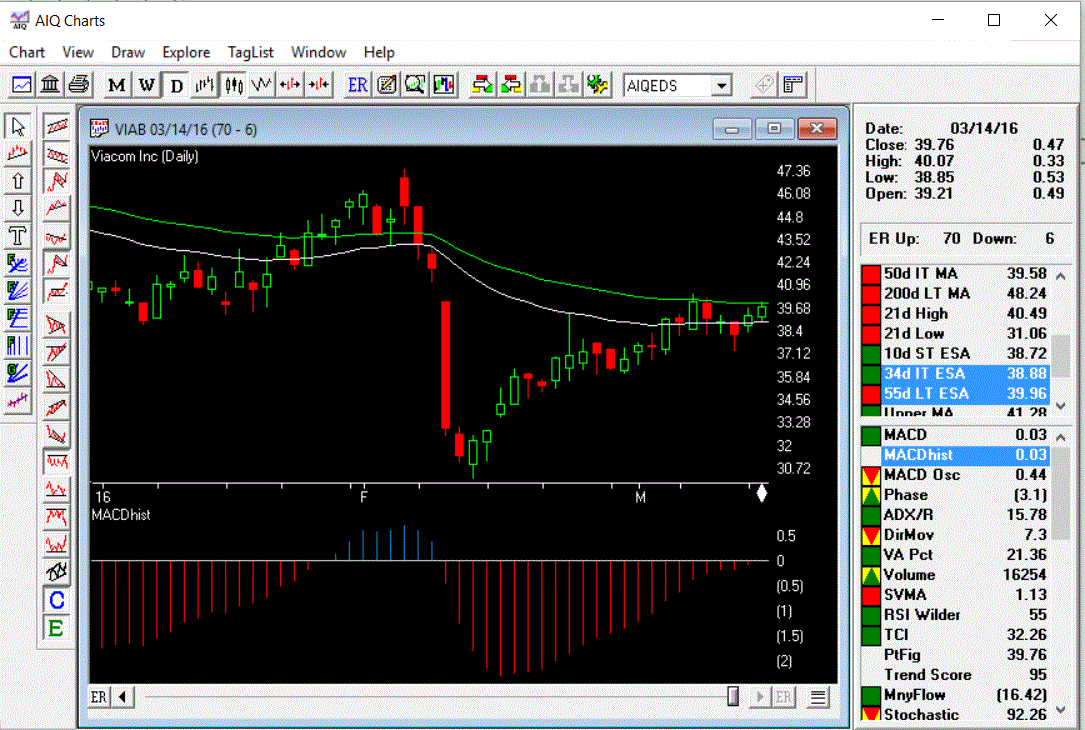
FIGURE 7: AIQ. Here is a sample chart of VIAB with MACDhist, the color bars, and the 34- and 55-bar EMAs.
Figure 7 shows the MACD histogram on a chart of Viacom (VIAB) with the color bars and the 34- and 55-bar exponential moving averages (EMA). Note that I did not code the weighted moving average (WMA) but substituted the EMA for the WMA. I chose to view the chart of VIAB by running the EDS “Zero MACD.eds” on 3/14/2016 and examining the alert messages on the report “List.” VIAB is the only one on that date that showed a cross up on the MACDhist (see Figure 8 for a look at part of this report for 3/14/2016).
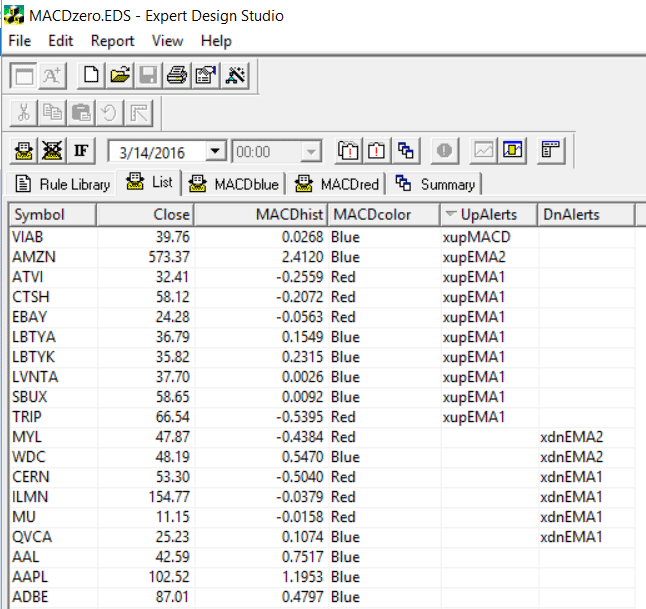
FIGURE 8: AIQ. This shows part of the EDS custom report “List” that shows the MACDhist values on 3/14/2016, the color status, and any alerts that were generated for that day.
! ZERO IN ON THE MACD ! Author: Barbara Star, TASC May 2016 ! Coded by: Richard Denning 3/14/16 ! www.TradersEdgeSystems.com ! INPUTS: macd1 is 12. macd2 is 26. macdSig is 1. ! INDICATORS: emaST is expavg([Close],macd1). emaLT is expavg([Close],macd2). MACD is emaST - emaLT. ! MACD line SigMACD is expavg(MACD,macdSig). ! MACD Signal line MACDosc is MACD - SigMACD. ! MACD Oscillator HD if hasdatafor(macd2) = macd2. MACDhist is MACD. ! plot as historigram MACDblue if MACDhist > 0. ! use these rules to color MACDhist MACDred if MACDhist < 0. ! use these rules to color MACDhist MACDcolor is iff(MACDblue and HD,"Blue",iff(MACDred and HD,"Red","White")). !for report list List if 1. !ALERTS: EMA1 is expavg([close],34). EMA2 is expavg([close],55). xupEMA1 if [close] > EMA1 and valrule([close] < EMA1,1). xdnEMA1 if [close] < EMA1 and valrule([close] > EMA1,1). xupEMA2 if [close] > EMA2 and valrule([close] < EMA2,1). xdnEMA2 if [close] < EMA2 and valrule([close] > EMA2,1). xupMACD if MACDhist > 0 and valrule(MACDhist < 0,1). xdnMACD if MACDhist < 0 and valrule(MACDhist > 0,1). UpAlerts is iff(xupEMA1,"xupEMA1",iff(xupEMA2,"xupEMA2",iff(xupMACD,"xupMACD"," "))). DnAlerts is iff(xdnEMA1,"xdnEMA1",iff(xdnEMA2,"xdnEMA2",iff(xdnMACD,"xdnMACD"," "))).
The code and EDS file can be downloaded from www.TradersEdgeSystems.com/traderstips.htm.
